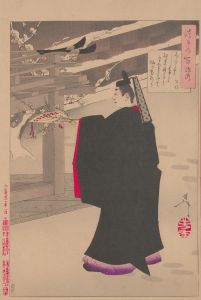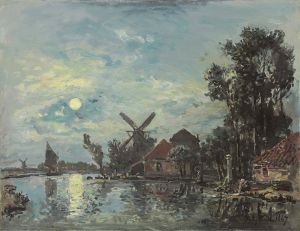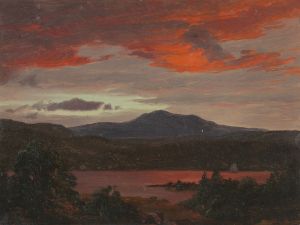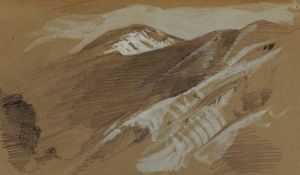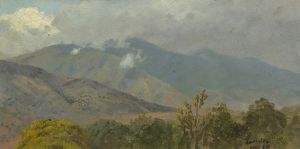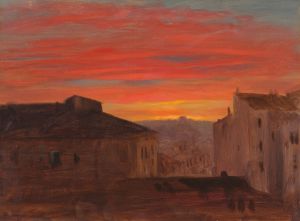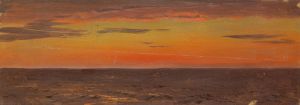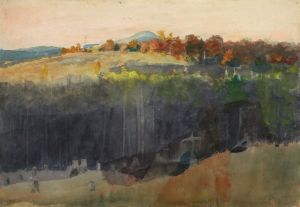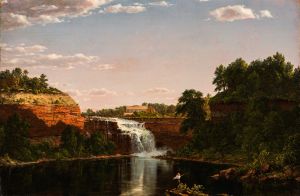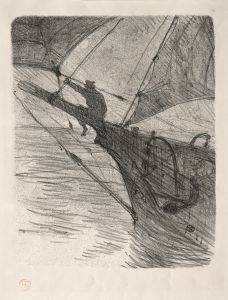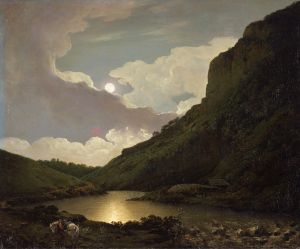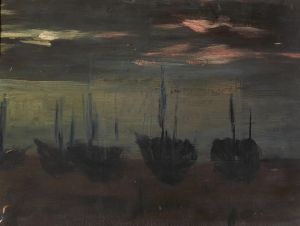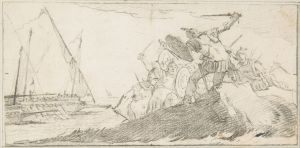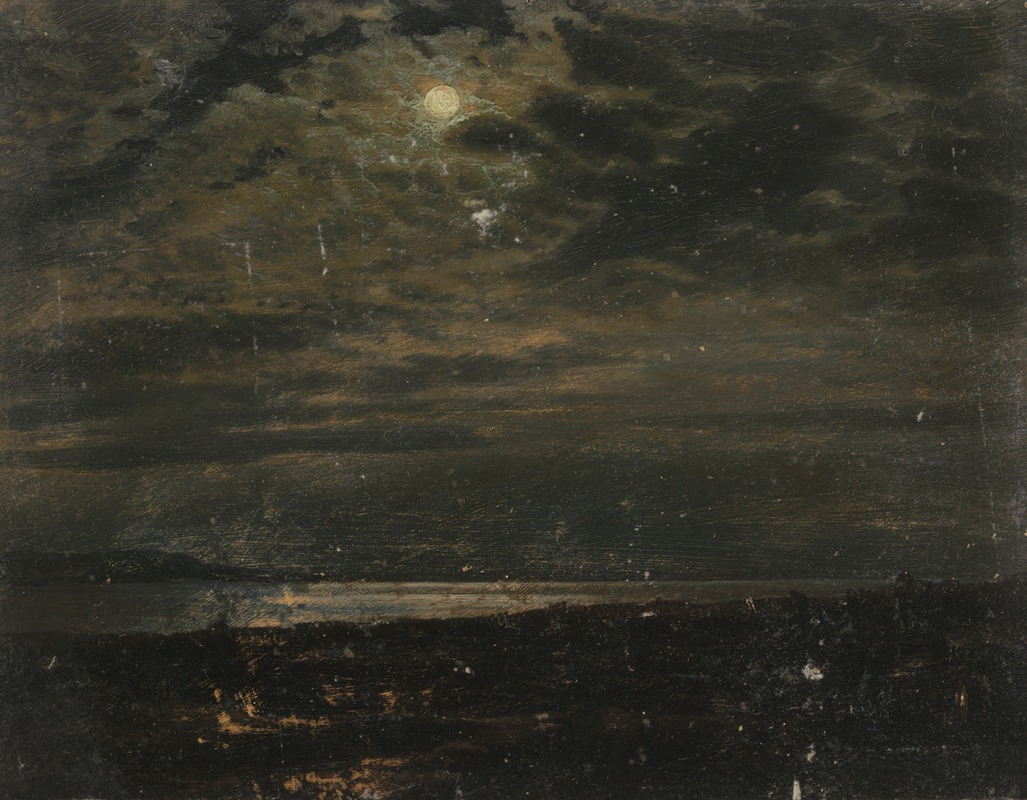
Maine Coast, moonlight
A hand-painted replica of Frederic Edwin Church’s masterpiece Maine Coast, moonlight, meticulously crafted by professional artists to capture the true essence of the original. Each piece is created with museum-quality canvas and rare mineral pigments, carefully painted by experienced artists with delicate brushstrokes and rich, layered colors to perfectly recreate the texture of the original artwork. Unlike machine-printed reproductions, this hand-painted version brings the painting to life, infused with the artist’s emotions and skill in every stroke. Whether for personal collection or home decoration, it instantly elevates the artistic atmosphere of any space.
Frederic Edwin Church was a prominent American landscape painter and a central figure in the Hudson River School, a mid-19th century art movement known for its realistic and detailed portrayals of American landscapes. Church is renowned for his ability to capture the sublime beauty of nature, often incorporating dramatic lighting and atmospheric effects into his works. One of his lesser-known paintings, "Maine Coast, Moonlight," exemplifies his skill in depicting the natural world with a sense of awe and reverence.
"Maine Coast, Moonlight" is an evocative painting that captures the serene and mystical qualities of the Maine coastline under the glow of moonlight. Church's fascination with the natural beauty of Maine is well-documented, as he spent considerable time exploring and painting the region. The painting reflects his deep appreciation for the rugged and picturesque landscapes of the northeastern United States.
In "Maine Coast, Moonlight," Church employs a masterful use of light and shadow to create a tranquil yet dramatic scene. The moonlight casts a silvery glow over the rocky coastline, illuminating the waves as they gently lap against the shore. The composition is carefully balanced, with the moon positioned to draw the viewer's eye across the canvas, highlighting the interplay between the sky and the sea. Church's attention to detail is evident in the intricate rendering of the rocks and the subtle variations in the water's surface, which convey a sense of movement and depth.
The painting is a testament to Church's ability to convey the emotional and spiritual aspects of nature. By choosing to depict the scene at night, Church invites viewers to experience the quiet majesty of the natural world, evoking a sense of contemplation and introspection. The moonlit setting adds an element of mystery and wonder, encouraging viewers to reflect on the beauty and vastness of the universe.
Church's work often reflects the influence of his travels and his exposure to various artistic and cultural movements. While "Maine Coast, Moonlight" is firmly rooted in the American landscape tradition, it also demonstrates Church's interest in the broader Romantic movement, which emphasized the emotional and transcendent qualities of nature. This painting, like many of Church's works, can be seen as an exploration of the relationship between humanity and the natural world, capturing the sense of awe and inspiration that nature can evoke.
Although "Maine Coast, Moonlight" may not be as widely recognized as some of Church's other masterpieces, such as "The Heart of the Andes" or "Niagara," it remains an important part of his oeuvre. The painting exemplifies Church's dedication to capturing the beauty and majesty of the American landscape, and it continues to resonate with viewers today, offering a glimpse into the artist's profound connection with the natural world.
Frederic Edwin Church's legacy as a landscape painter is marked by his ability to convey the grandeur and beauty of nature with precision and emotion. "Maine Coast, Moonlight" is a testament to his skill and vision, showcasing his talent for creating evocative and atmospheric scenes that capture the imagination and stir the soul.






